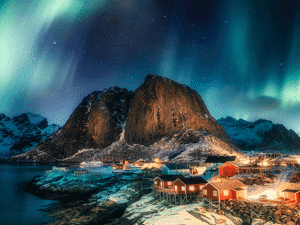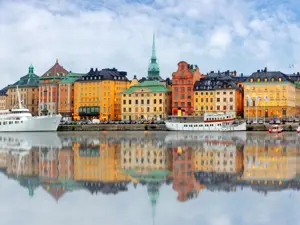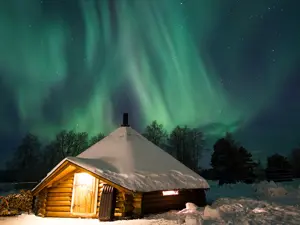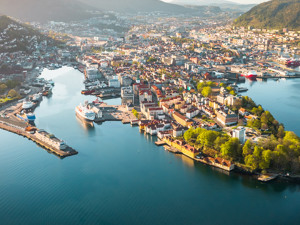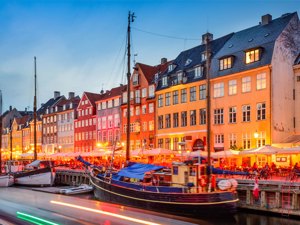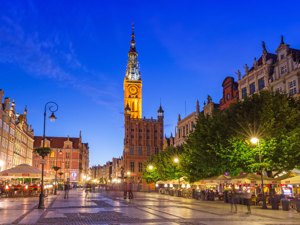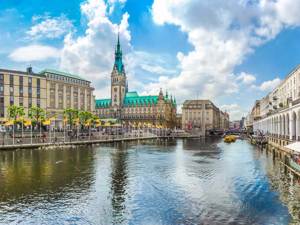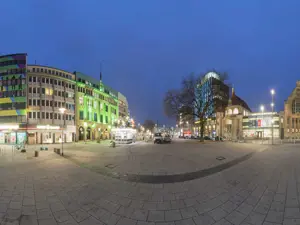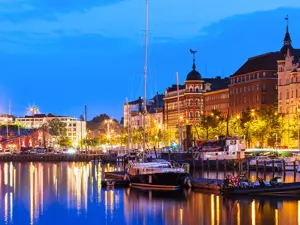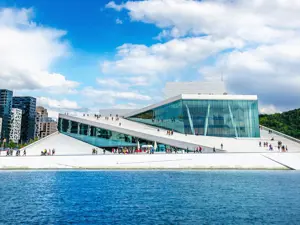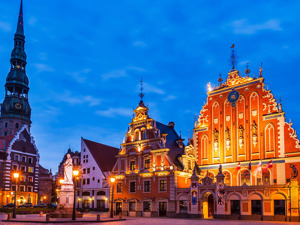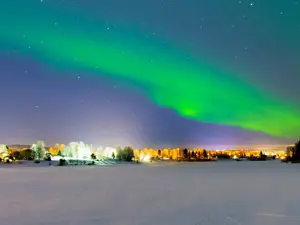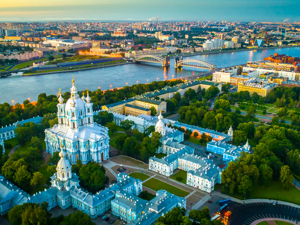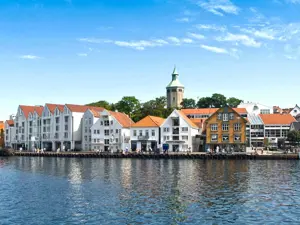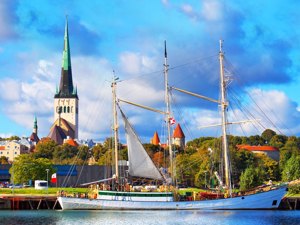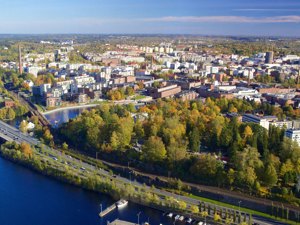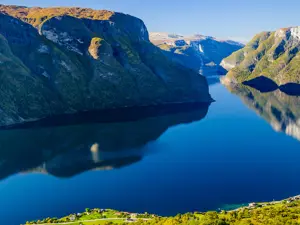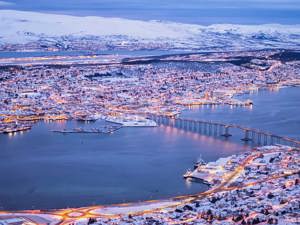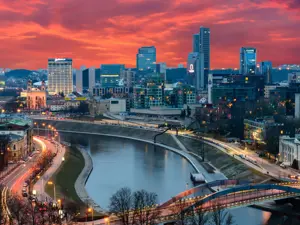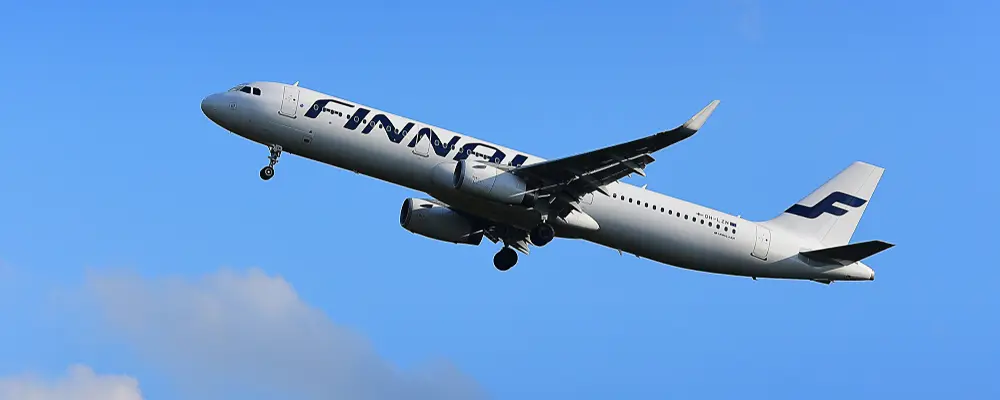A city to be experienced between nature and events
After the capital Stockholm, Gothenburg is Sweden’s second city for number of inhabitants and vastness of the area. Situated on the western Swedish coast, one of the world’s last remaining pristine locations, the city sits on the Archipelago of Bohuslan, which is made up of some 8,000 islets that extend to the north of the Norwegian border. The area offers visitor unique sights that are unimaginable elsewhere.
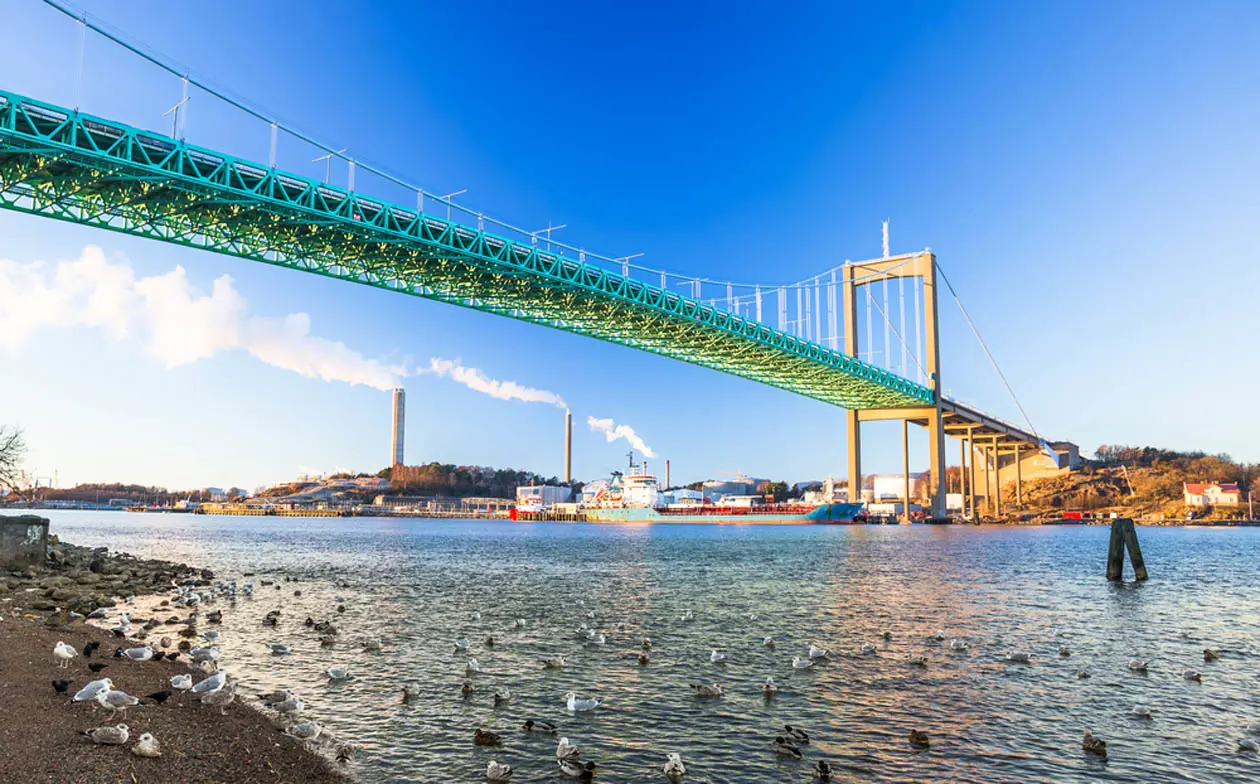
Against the backdrop of a calm and limpid sea and spectacular granite cliffs, enchanting fishermen’s villages, with their simple wooden construction, look like they came out of a fairy tale and offer the very freshest of shellfish. Gothenburg is also the fifth largest of the Nordic countries and owes its name to the fort (burg) built in the past to protect the port. The port was once Sweden’s main gateway for trading with the west and a continual source of riches for the city, which in the eighteenth century was the headquarters of the Swedish East India Company.
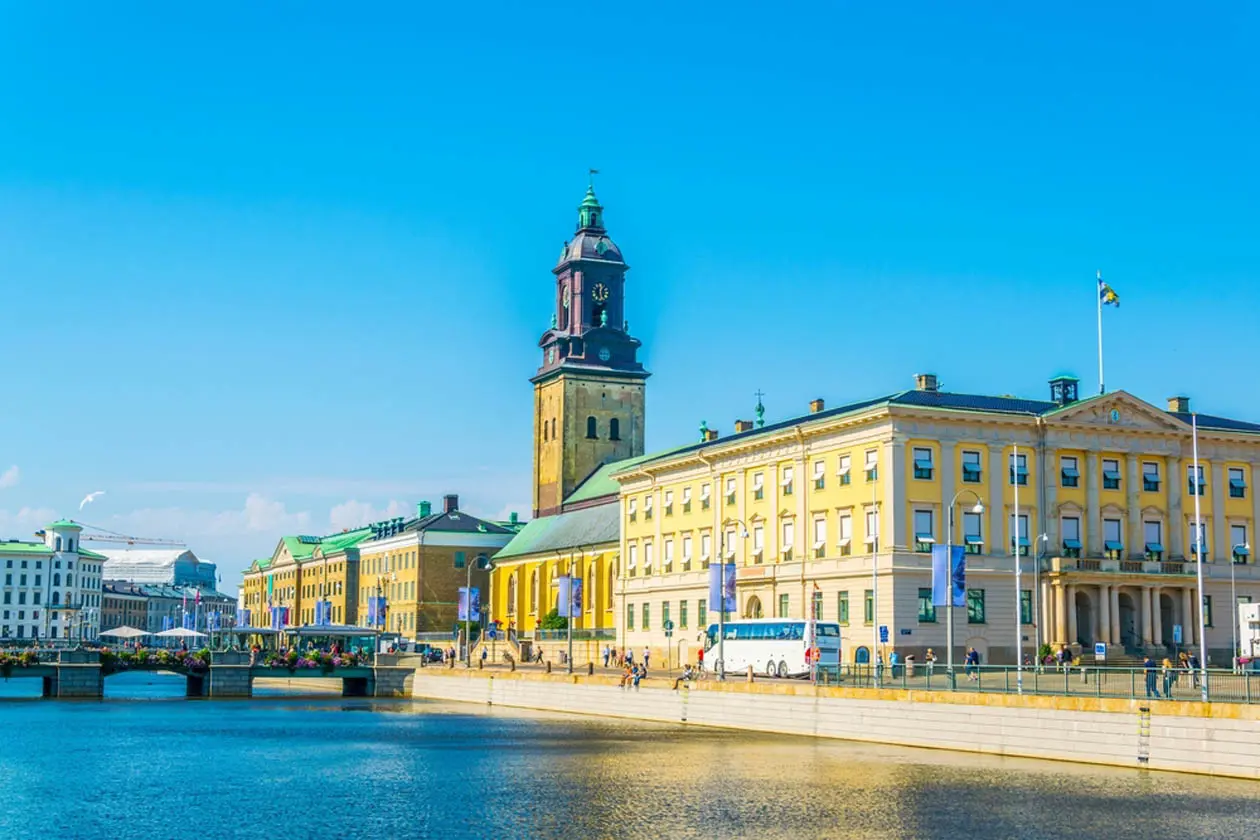
The Museums of Gothenburg
The city offers the tourist some varied and surprising attractions. These include the Gothenburg Art Museum, with a very beautiful and vast collection of fin-de-siècle Nordic art; the Rohsska Museum, where fashion, design and decorative arts are displayed; the Roda Sten Museum, a centre of contemporary art and culture, equipped for important and frequent art exhibitions. From here, you can take the Alvsnabben ferry for a trip around the port.
Another interesting attraction is the Universeum Science Discovery Centre, which has large aquariums, interactive experiments and even a rain forest. But the main tourist attraction for adults and children alike is the Liseburg Amusement Park, which is equipped with an ice-skating rink and stage for concerts, and which from November is brought to life by a fantastic Christmas Market, filled with stalls of all types. On this occasion, the entire park is lit with five million lights – a true feast for the eyes. The Botanical Garden is another spectacular park. It has some 20,000 examples of plants and is one of the largest and in northern Europe.
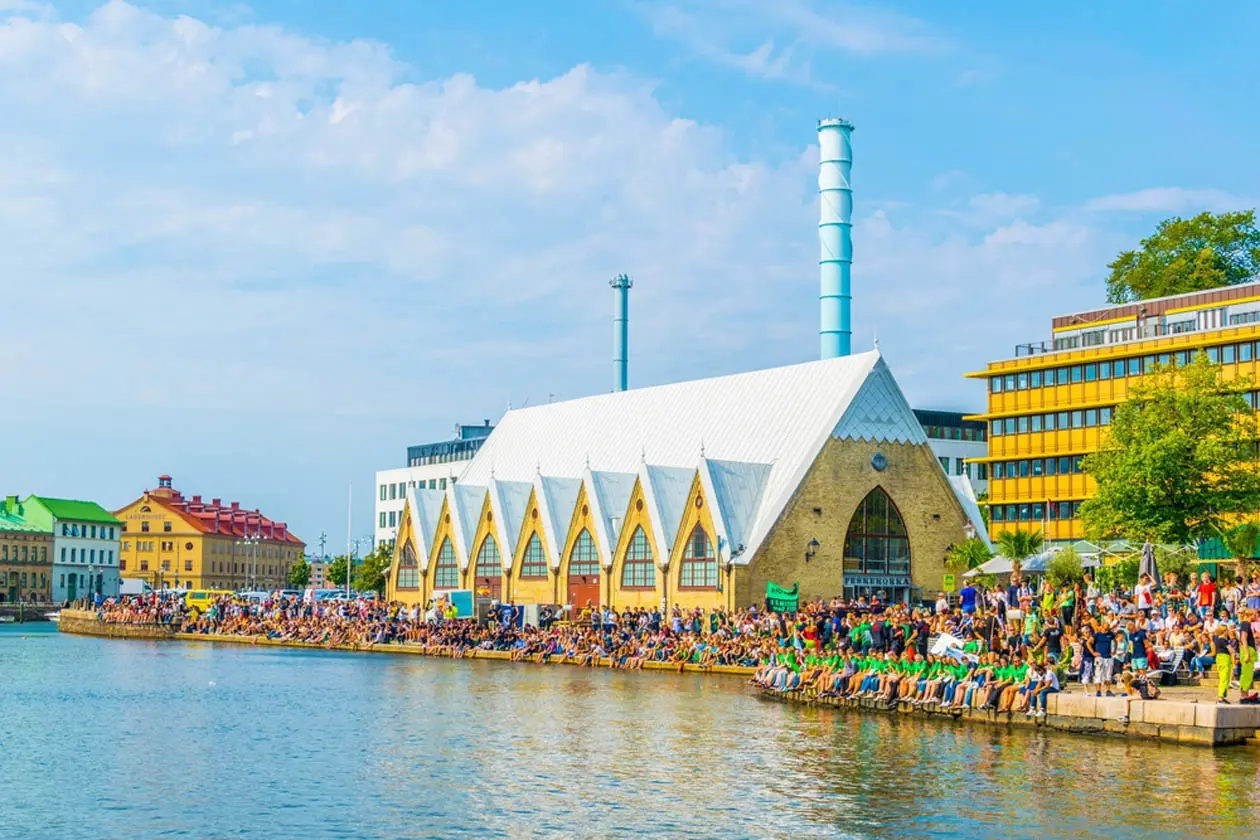
Fish Market of Gothenburg
The uniquely church-shaped Fish Market, dating back to 1873, offers a wide variety of very fresh fish and seafood, which have a particularly intense flavour due to their slow growth in the cold waters of the seas of the north. Here, to the delight of tourists, small restaurants are open every day at lunchtime.
One of the most characteristic destinations of the city is the old District of Haga, where small antique shops and stores selling clogs alternate with vintage clothing boutiques and shops selling special types of tea. The city is, in fact, a blend of craft trades and cutting-edge industries, which include, for example, Volvo, the very well-known car maker, and Ericsson, the mobile phone producer.
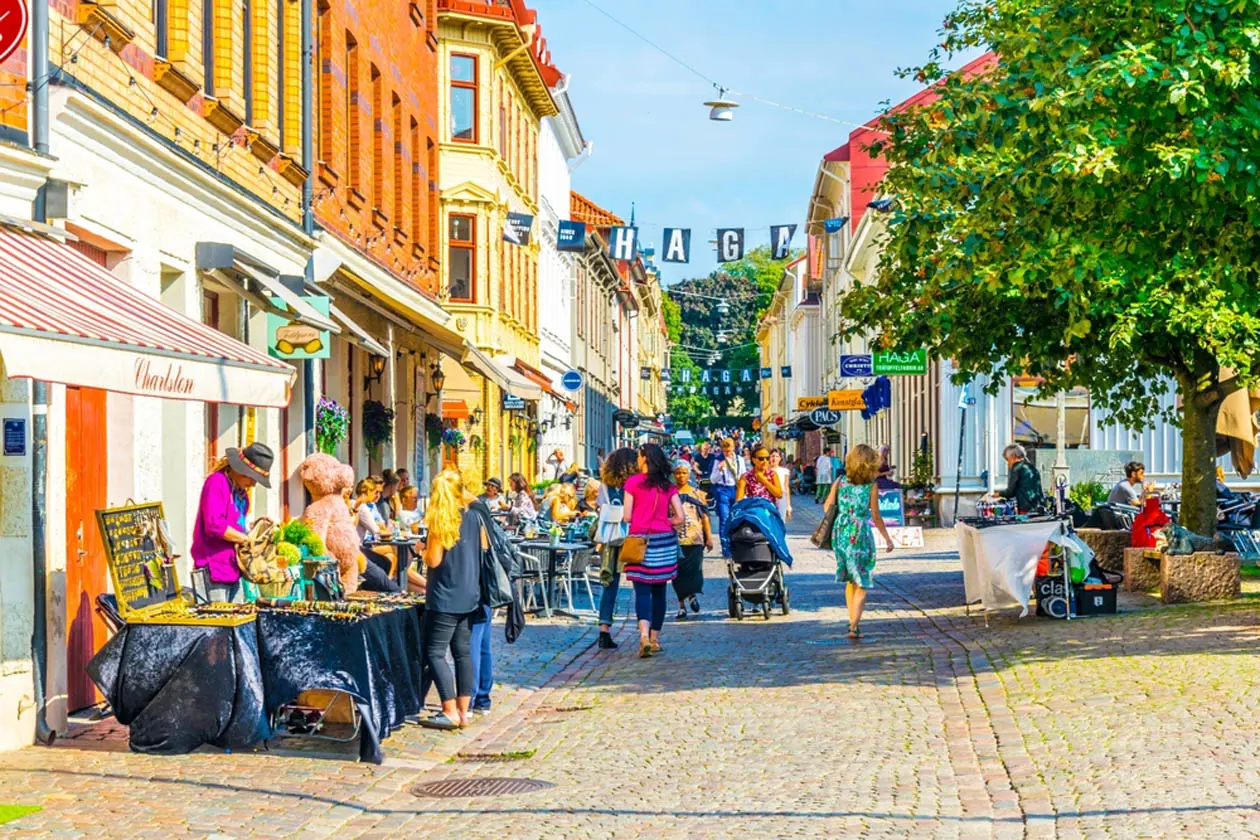
The Opera Theatre of Gothenburg
Even from a cultural point of view, Gothenburg attracts tourists, not only for its celebrated universities, but also for its renowned Opera Theatre and famous Philharmonic Orchestra, which is recognised and appreciated throughout the world. In August, the city comes to life for a week with the Festival of Culture, which plays host to over 700,000 people who attend dance, comedy and music shows.
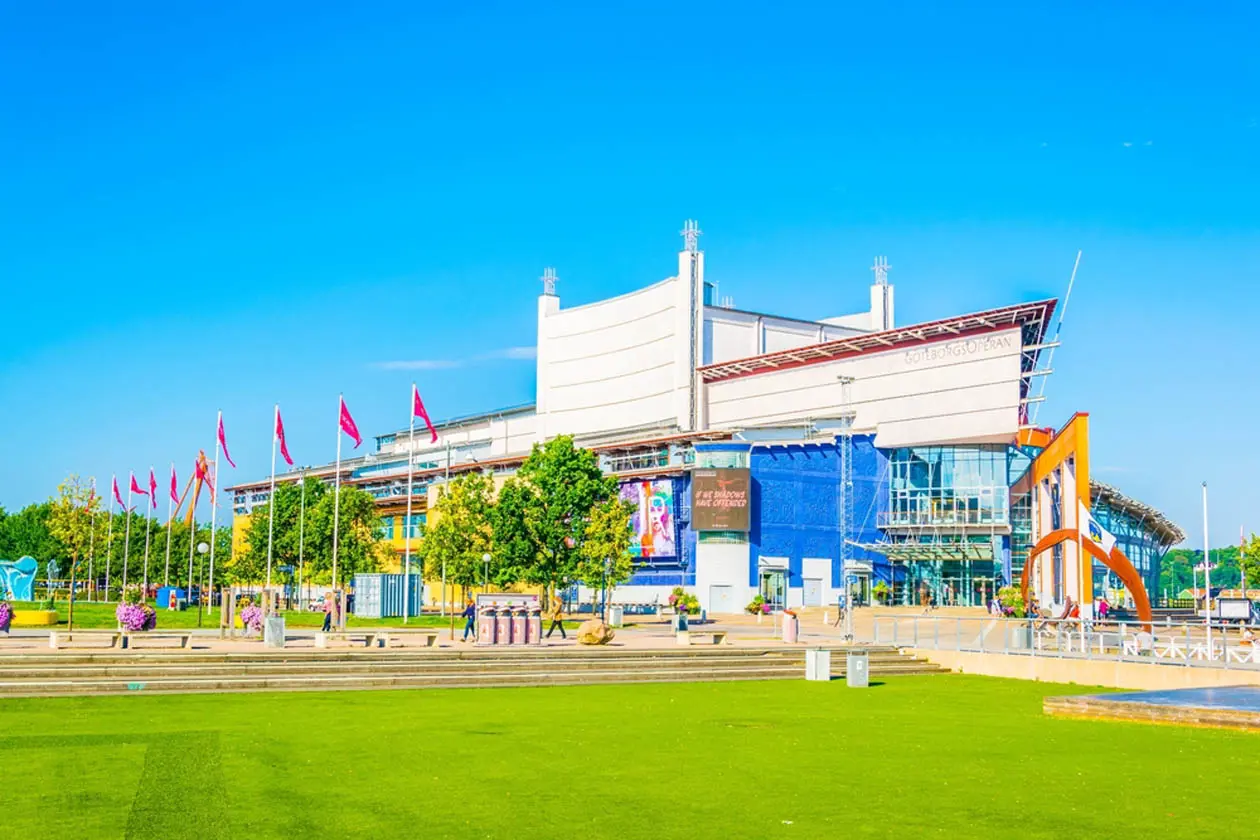
A trip not to be missed is to the Archipelago of Gothenburg and its myriad of villages and idyllic inhabited islets. These trips are more fantastic and unique than one could possibly imagine: from the sight of the sun at midnight to the seals in the wild.
Swedish and Gothenburg cuisine
The local cuisine of Gothenburg is appreciated the world over, and not just for the extraordinary fish found it its seas, but also for the mushrooms, berries, game, cheeses and, above all, for the skill of its chefs, who have earned the title of Culinary Capital of Sweden 2012 for the city, which has some five Michelin-star restaurants.
In Swedish cuisine, the main dishes are generally barley soup, or pork and pea soup, such as the arter med flask soup. But the fish is undoubtedly the main protagonist and in particular the herring that is prepared in wet, marinated or fried. Meat dishes are based on elk, reindeer, pork but also veal. Renowned are the Swedish meatballs accompanied by excellent cranberry jam. Among the desserts, famous are the Pepparkakor, Christmas gingerbread cookies, and also the Kanelbulle, small sweet rolls with cinnamon.
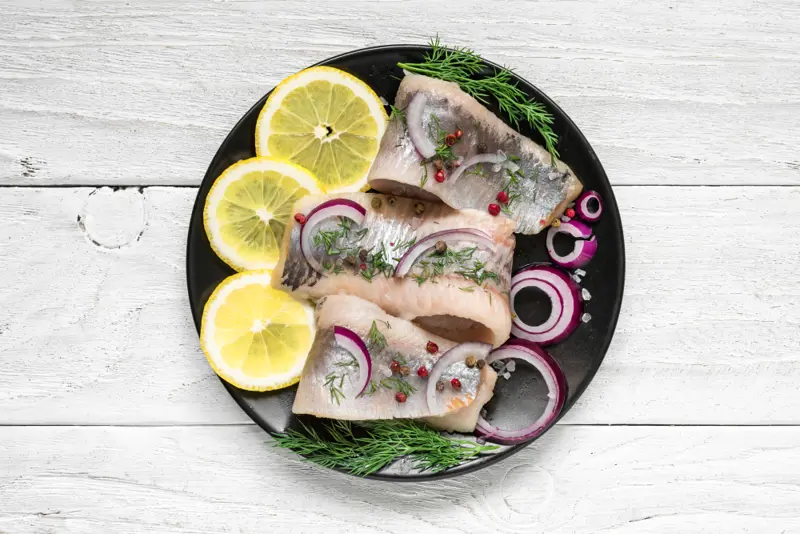
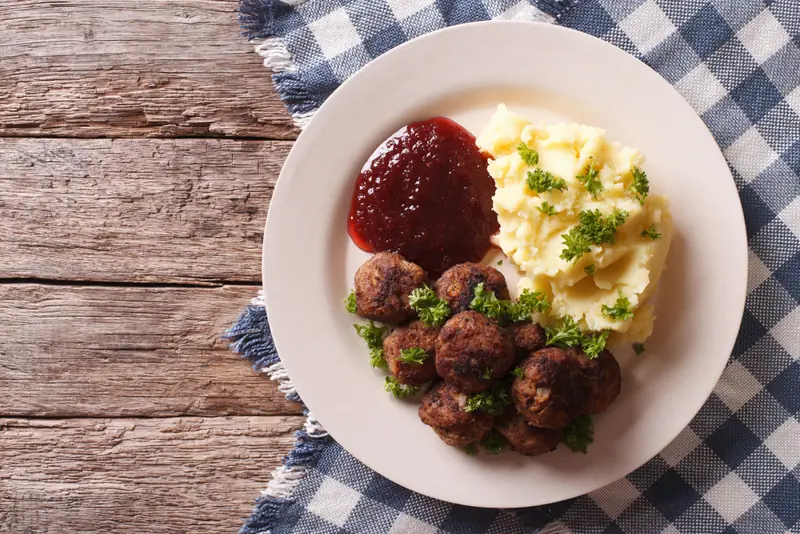

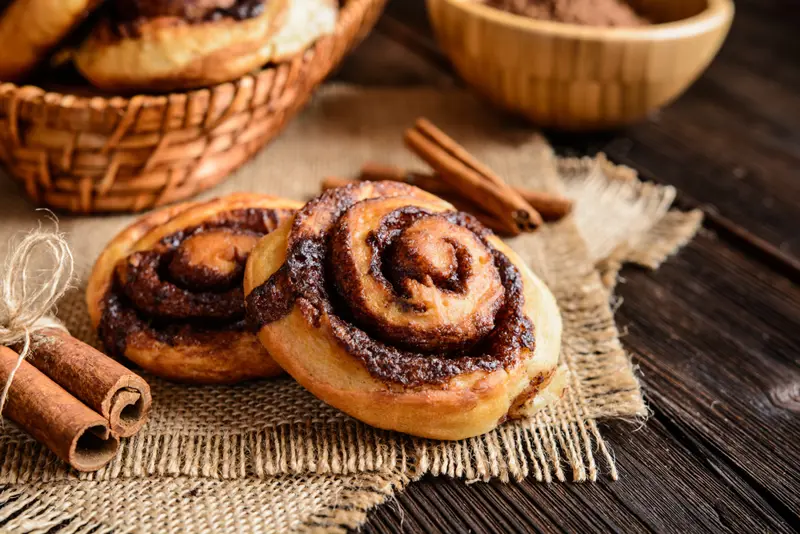
Copyright © Sisterscom.com / Shutterstock
Text by Anna Glik
Tourism Boards
www.goteborg.com
www.visitsweden.com
www.visitsweden.com
Partnership with Booking.com
Where to sleep in Gothenburg
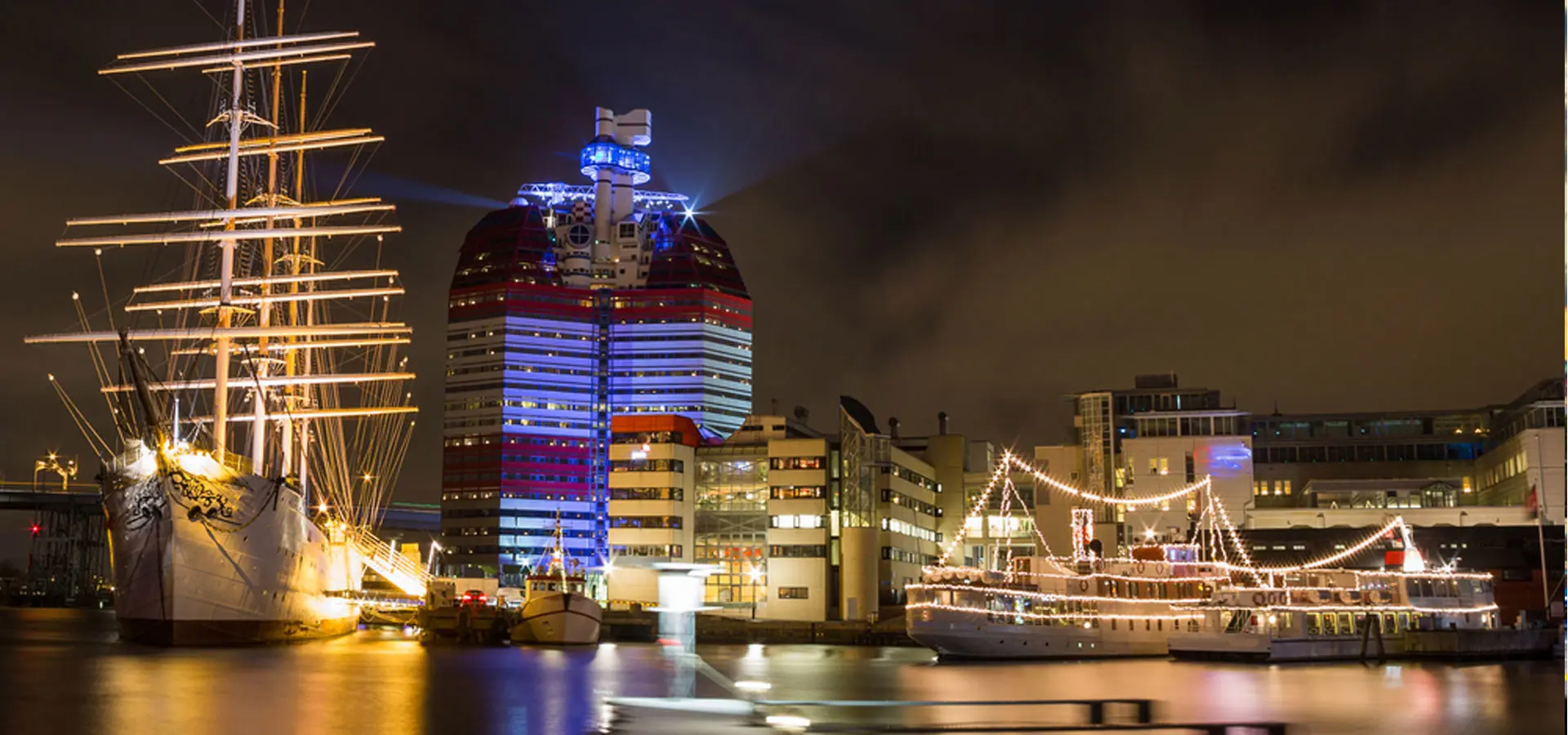
Gothenburg is a welcoming city and offers different possibilities for accommodation.
To find the ideal hotel and the best offers you can do a search for the stars but also for districts or landmarks.
LANDMARKS
Hotels in tourist areas
WHERE TO GO TO Gothenburg
Monuments of Gothenburg
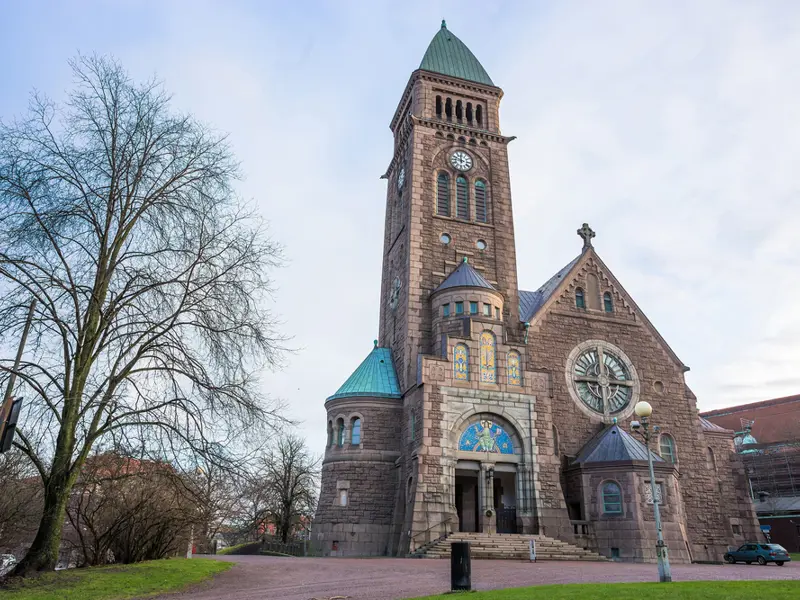
VASA CHURCH IN GOTHENBURG
Opened in 1909, Vasa Church (Vasakyrka) is a monumental building in the new romantic style with decorative detail in the Jugendstil. The church is built with granite from the nearby Bohus county and was designed by Yngve Rasmussen. The interior is dominated by a huge mural painting in the ciance, portraying the ascension of Christ. It was painted by Albert Eldh in the 1920s. The other end of the church is dominated by the original organ facade.
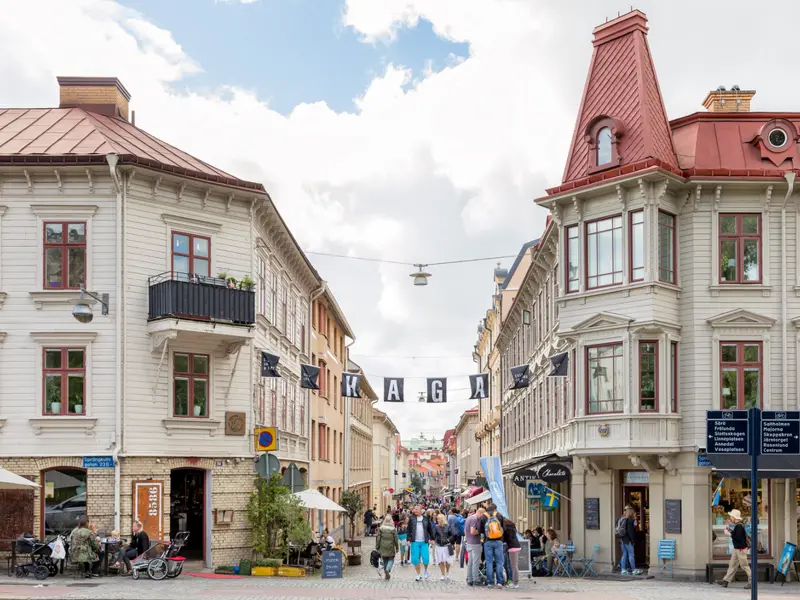
HAGA OLD TOWN IN GOTHENBURG
Haga is the Gothenburg's oldest suburb, now a lovely neighbourhood in the centre of town. Pedestrian paved streets and well-preserved brick and wood houses give at this neighbourhood an old-fashioned touch. Up until the 70s, the standard of living here was quite low, but a huger renovation project took place in the 80s. Haga is now one of the most attractive neighbourhoods to live in with its plentiful cafés, shops and restaurants.
Both famous are the Farmer's market selling organic and local produce and Haga Christmas Market.
Both famous are the Farmer's market selling organic and local produce and Haga Christmas Market.
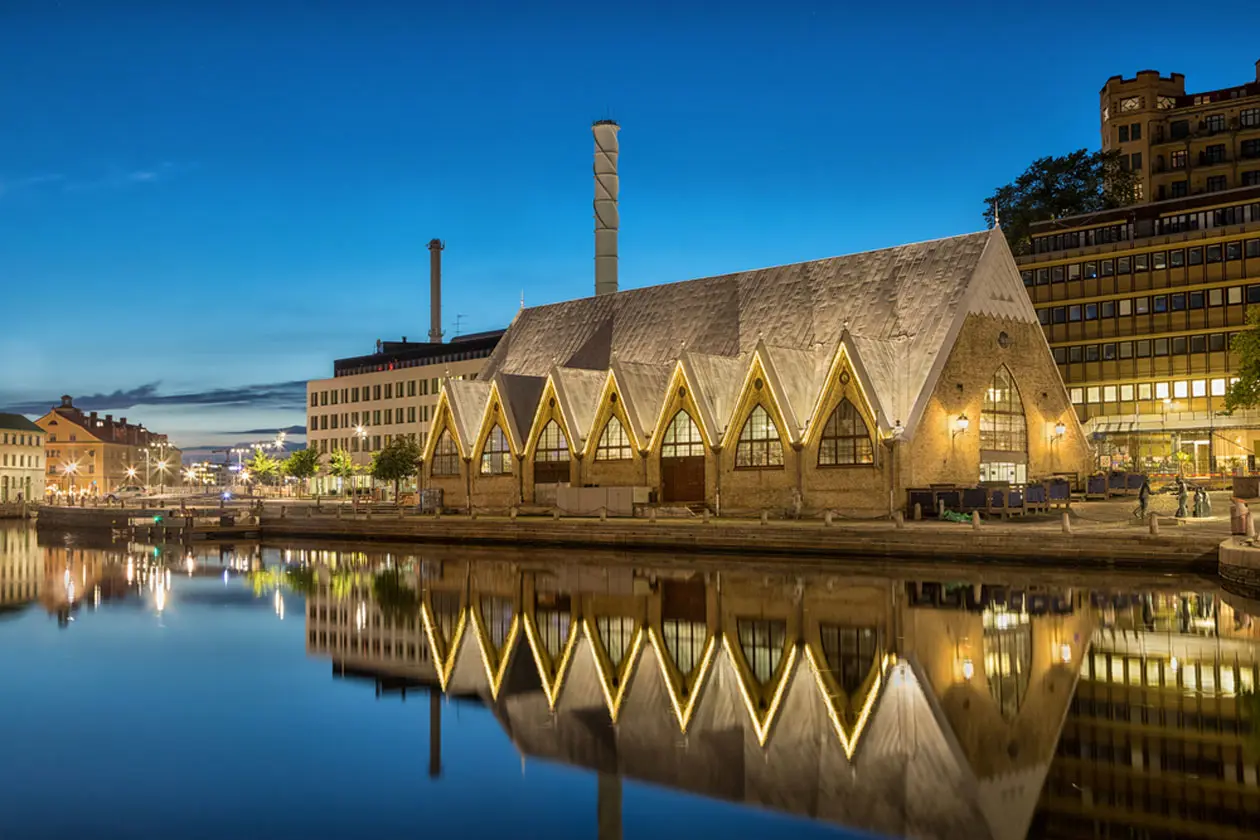
FESKEKORKA, FISH MARKET HALL IN GOTHENBURG
Feskekôrka was built in 1874 and was an architectural experiment by Victor von Gegerfelt, a military man and architect and one of the two most influential architects from the mid-19th century. He was inspired by the wooden Norwegian stave churches and stone Gothic churches. The idea was to have a room without pillars. The Feskekôrka, (“fish Church“ in Swedish) as it quickly became known, is an indoor fish and seafood market where you can buy all kinds of seafood delicacies caught on the day.
Museums of Gothenburg
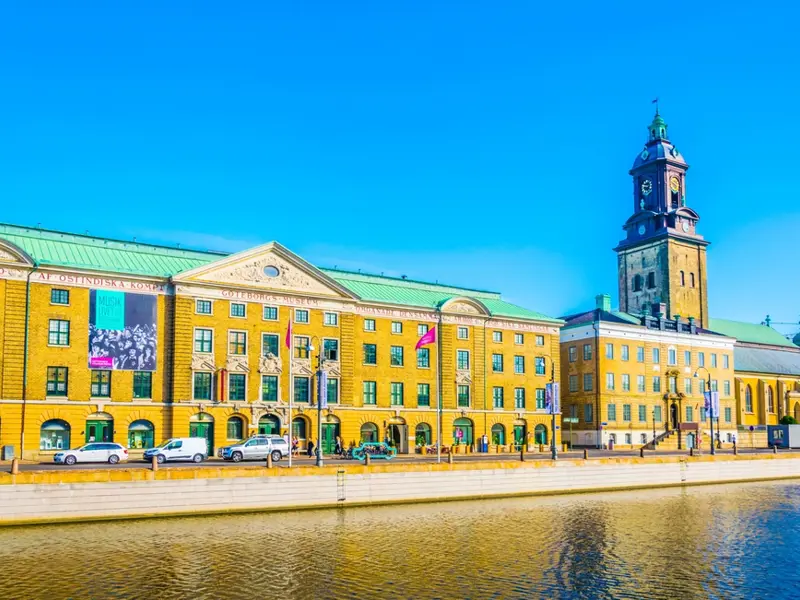
THE CITY MUSEUM OF GOTHENBURG
The City Museum tells the story of Gothenburg from ancient times up until today. Explore the exciting pre-history, the 19th century life, the development of the modern industrial Gothenburg and the only exhibited Viking ship in Sweden, Äskekärrsskeppet.
The museum is located in a historic building from the 18th century. Here you can find also temporary exhibitions.
The museum is located in a historic building from the 18th century. Here you can find also temporary exhibitions.
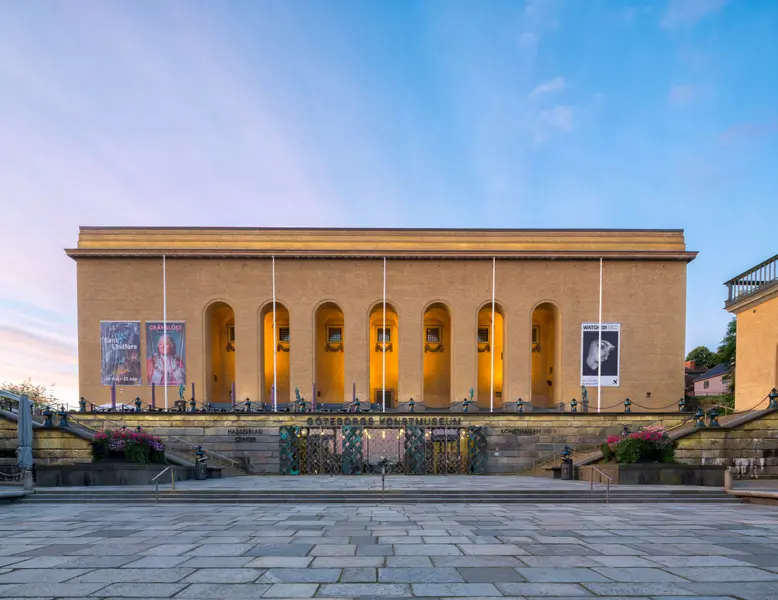
GOTHENBURG MUSEUM OF ART
The art collection is one of the finest in Northern Europe and is stretching from the 15th century until today, with significant Nordic and international artwork. The Gothenburg Museum of Art has a leading collection of Nordic art. You can also explore masterpieces by Albert Edelfelt, Ernst Josephson, P.S. Krøyer, Carl Larsson, Bruno Liljefors, Edvard Munch, Anders Zorn, Rembrandt, Rubens, Monet, Picasso Chagall and others. The museum is also offering current exhibitions, family activities, lectures, workshops, guided tours and a shop.
Excursions in Gothenburg

GUNNEBO HOUSE AND GARDENS
Just south of Gothenburg lies Gunnebo House and Gardens and it's one of the finest examples of Neoclassical architecture in Sweden. It was built as a summer villa for the wealthy merchant John Hall and his family. The decoration and furnishing of the house, and the landscaping was designed by the city architect in Gothenburg, Carl Wilhelm Carlberg. Gunnebo is today a living cultural environment with guided tours and events, coffee house and restaurant, a shop and a farm. The area is a cultural heritage since 2003.
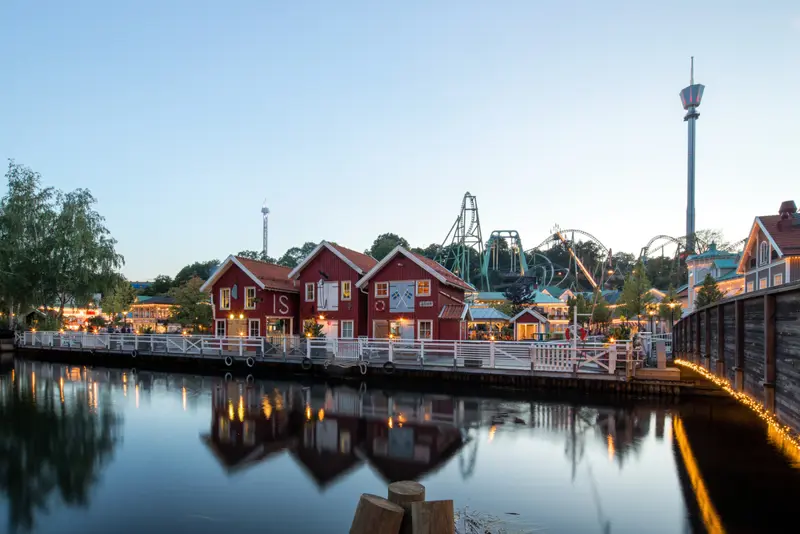
LISEBERG
Being one of Europe’s leading amusement parks, Liseberg really does offer a lot of rides: flying teacups, bumper cars, the Ferris wheel and circular rollercoaster. The newest is AtmosFear, the tallest free fall attraction in Europe that subjects you to a g-force of 4 when you plummet 116m in 3 seconds at 110kp/h. From mid-November Liseberg becomes one huge Christmas market. Here you can meet Father Christmas and try Christmas smörgåsbord.
Partnership with GetYourGuide
Tours and excursions
News & Useful info
You might be interested in
Other destinations
Airports nearby Gothenburg




